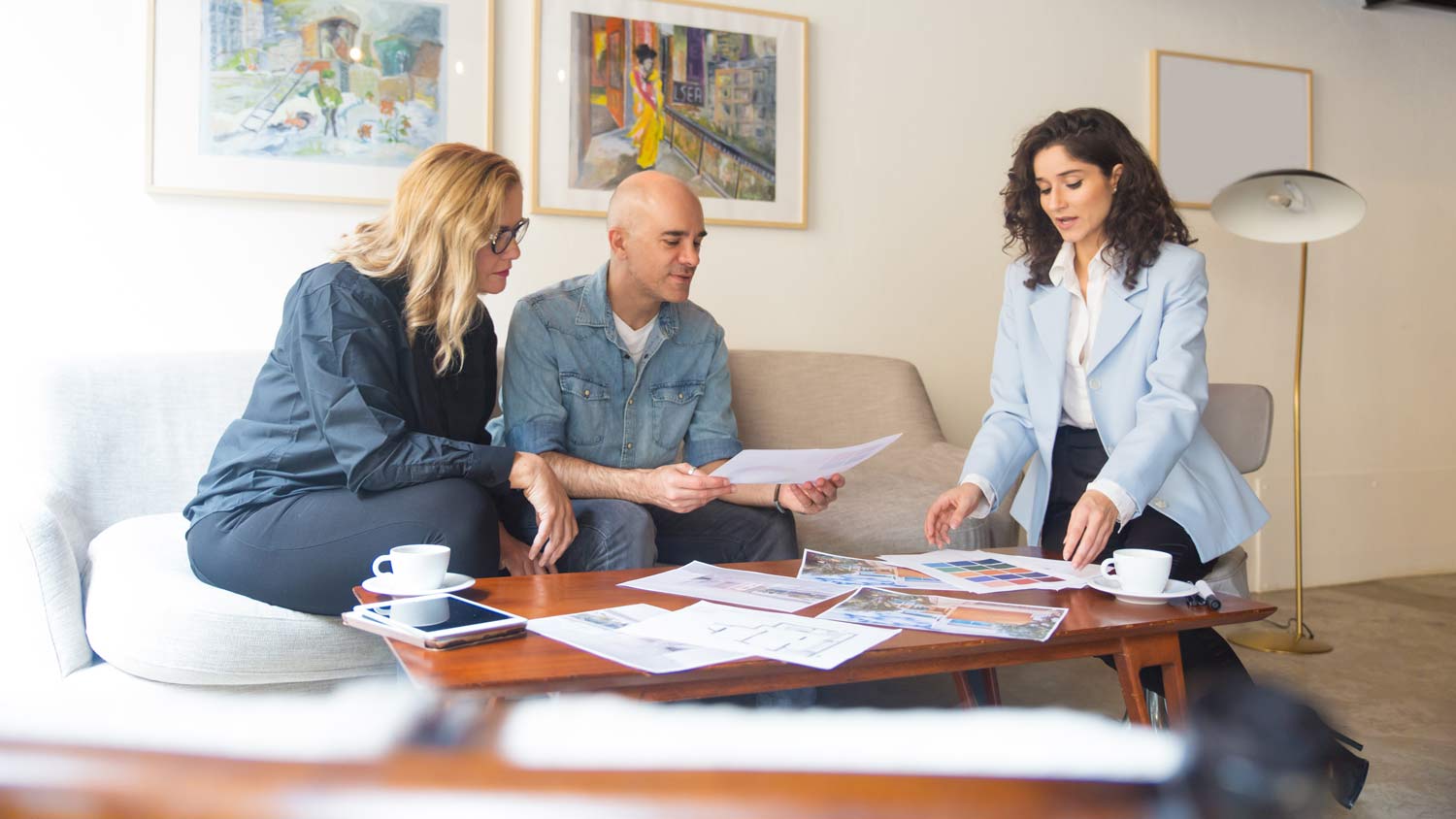What Is a Loft?
With the high ceilings and open floor plans, there's a lot to love about lofts


In real estate terms, a loft or loft-style home is an apartment or condo defined by its concrete surfaces, open floor plan, high ceilings, and exposed beams and HVAC systems. Though this type of home was traditionally the undertaking of a major reno project (turning old industrial buildings into living spaces), today there are brand-new buildings built in the loft style.
While loft living has long been associated with artists and other bohemian types, this home style is becoming increasingly popular in cities and surrounding areas.
What Are The Different Types of Lofts?
Though all lofts may look a little different, there are two main types: hard lofts and soft lofts.
Hard Lofts
Hard lofts are former industrial buildings (think factories and warehouses) that have been converted to residential or live/work spaces. They often have vaulted 10- to 15-foot ceilings with exposed beams, electrical wiring, HVAC ducts, and other features retained from the space’s former purpose.
Soft Lofts
Soft lofts are newly constructed condos or apartments built in a loft style to show off the best of the old-school conversions. They typically have open-concept spaces with high ceilings, exposed brick, oversized windows, and other features reminiscent of hard lofts, but they were built for residential purposes, not converted.
Can You Build a Loft in a House?
If you have a home with an attic, it has the potential to be so much more. This is where a loft conversion comes in.
Converting your attic to a loft can be a great way to add more usable living space to your home. A loft conversion typically costs between $7,000 to $67,600, with the average cost around $20,000.
What Are the Pros and Cons of a Loft?
There are many pros to living in a loft—the airy open spaces, the abundance of natural lighting, and exposed brick, stone, and ductwork all come to mind. But there are some drawbacks you might not think about when you’re deep into those glamorous Zillow listings.
Loft-style condos or apartments can be quite loud and echo-y due to the high ceilings and all those hard surfaces (we’re talking cement floors, brick walls, and 15-foot ceilings). But don’t stress: this can be somewhat offset by careful furniture placement, laying down rugs, and other strategic decorating tactics to absorb sound.
Another negative of loft living is the limited storage space, as lofts—particularly hard lofts—tend to have fewer closets and storage options. Utility costs may be higher as well because the open concept, large windows, and vaulted ceilings make it harder to heat and cool your space.
How Does the Cost of a Loft Compare to Other Home Styles?
The cost of a loft condo or loft apartment varies based on where you live and the cost of living, the loft’s size, and whether it’s an older conversion vs. a newly constructed space.
Though a loft’s cost can be similar to comparable non-lofted properties, keep in mind heating and cooling costs can be significantly higher in a loft than in a similarly priced home or apartment.
Is There a Cost Difference Between Hard and Soft Lofts?
A bunch of factors go into the cost of a lofted space, including the type of loft, whether it's new construction or a recent conversion, whether it’s zoned or set up for a live/work environment, and where you live.
Most hard lofts are located in or near major cities or places with industrial hubs, while soft lofts are growing in popularity and becoming easier to find around the country. That said, hard vs. soft loft costs are generally based on location, building amenities, and finishes. Typically, newer construction may be pricier, but there’s no strict rule for loft costs based on style.
What Should I Expect While Living in a Loft?
Living in a loft has some quirks you should consider before leasing or buying.
As mentioned, the openness and lack of internal walls can make it difficult (and expensive!) to heat and cool, bringing your gas and electric costs up. The open floor plan also means you might need to get creative in carving out separate “rooms” for your loft. Use open shelving, pieces on casters that can be easily moved around, and area rugs to define your loft’s spaces.
Also, if you plan to live with a partner, roommate(s), or family, keep in mind you won’t have as much privacy as you might in a more traditional house or apartment. Often, the bedroom—or even bathroom—walls in a loft don’t reach all the way up to those high ceilings. Plus, the acoustics of a loft style apartment or condo can cause any sounds to carry extremely well throughout the property.
Can I Renovate a Loft?
Think of your loft as a blank canvas. You can do so much to customize your space, from installing built-in shelving for extra storage, adding carpet to soften the noise in the space, adding a skylight to a sloping ceiling, and more.















